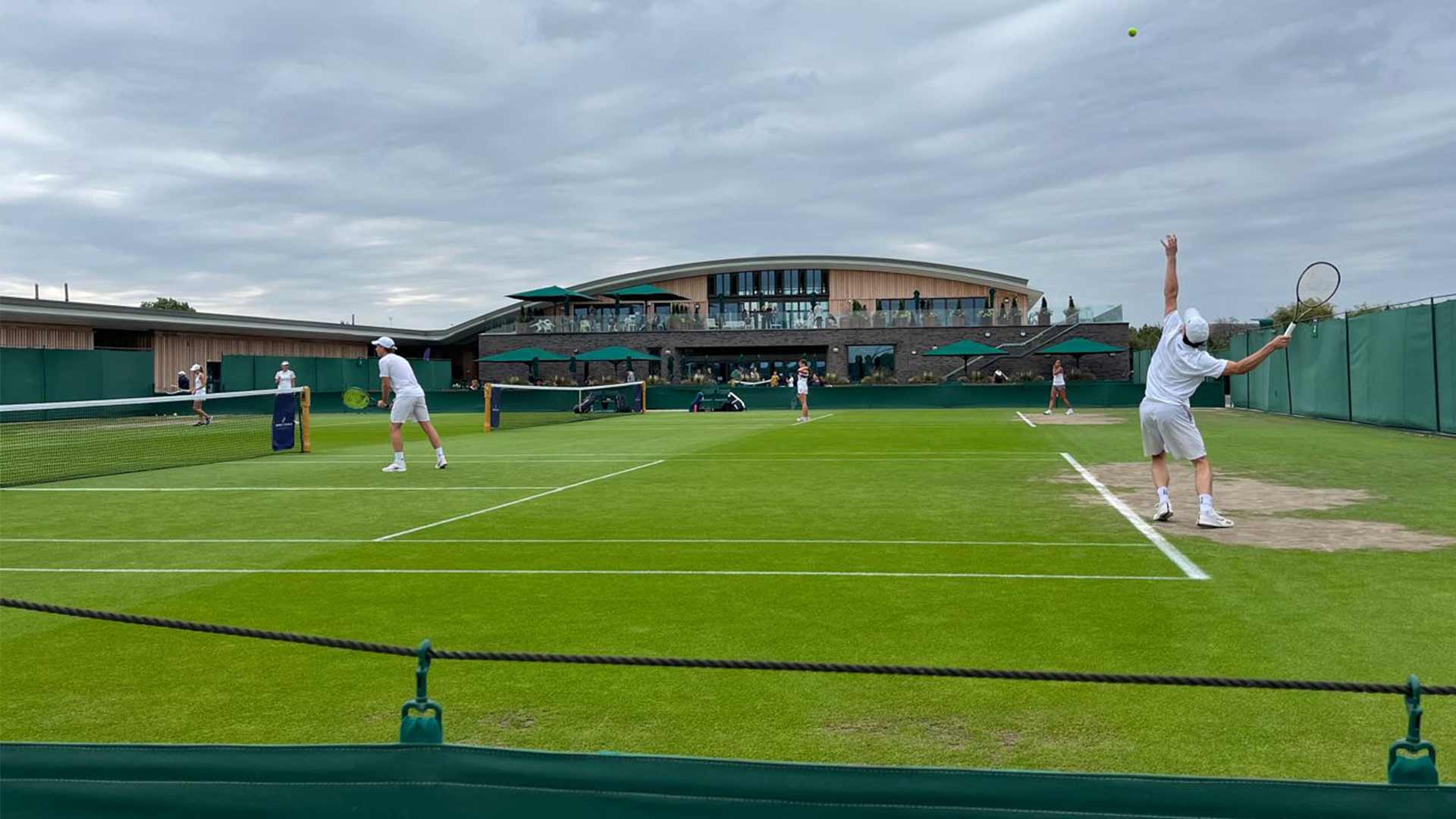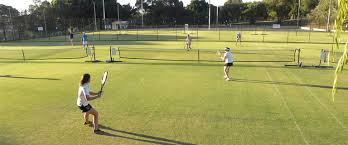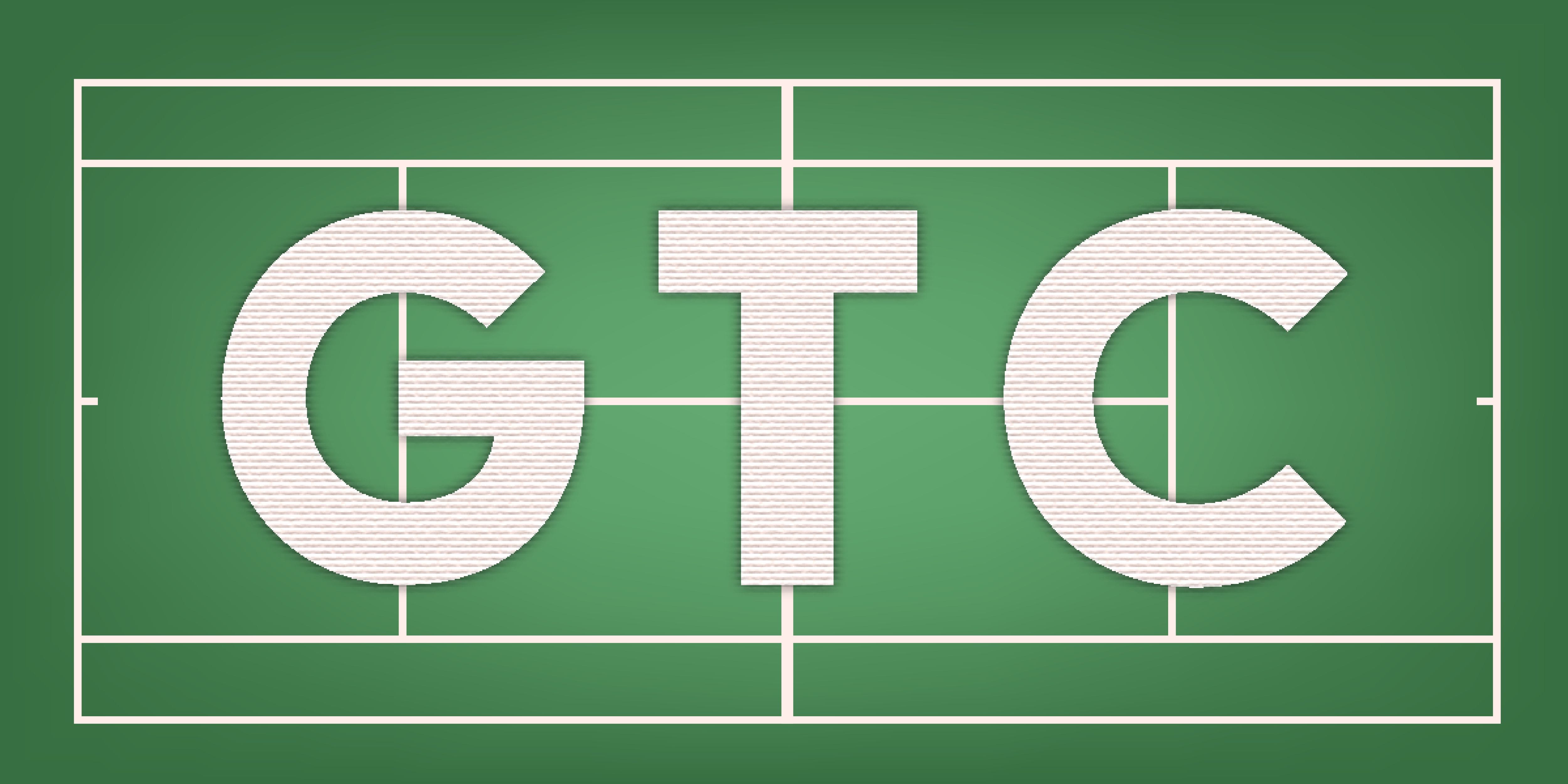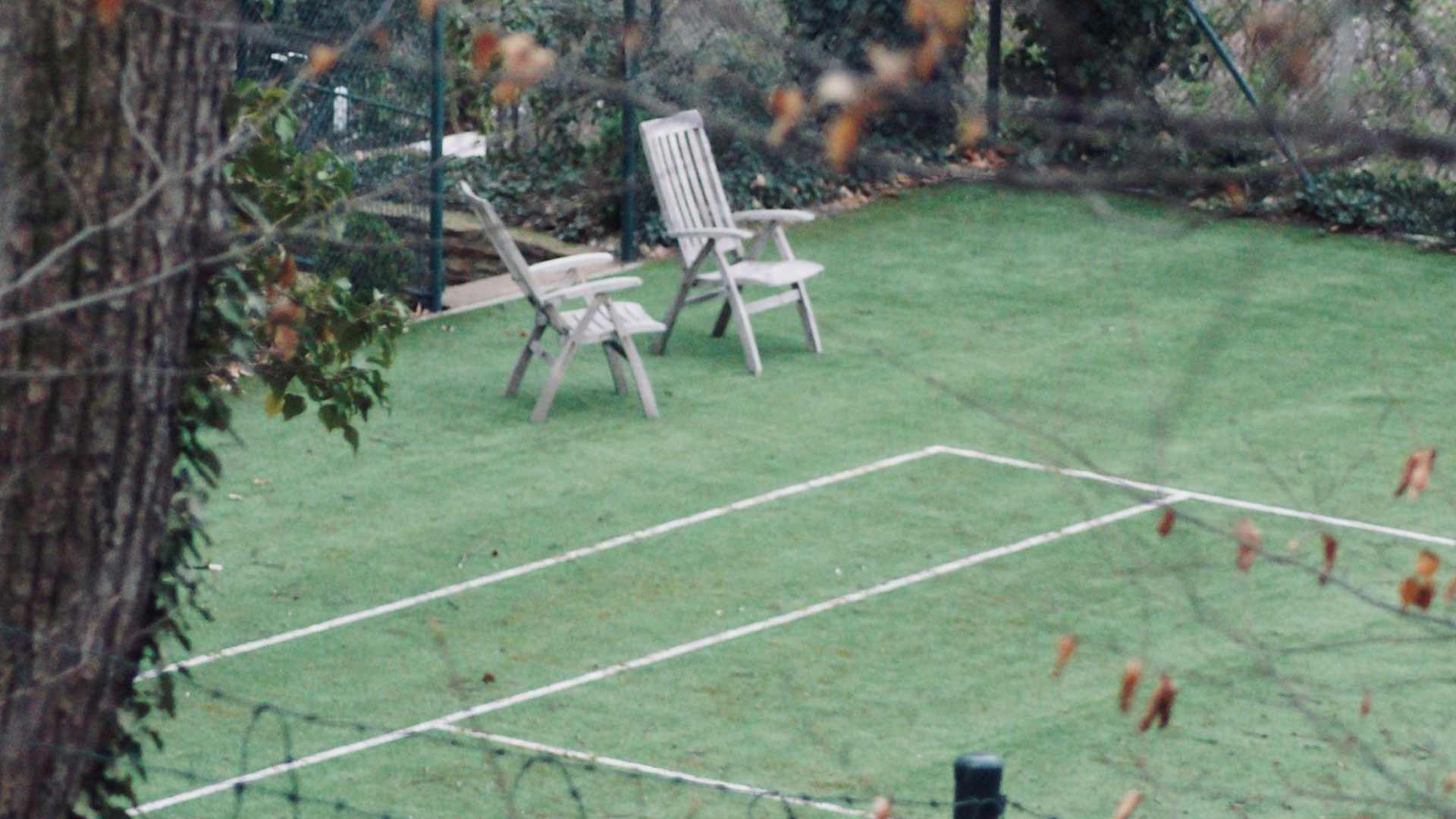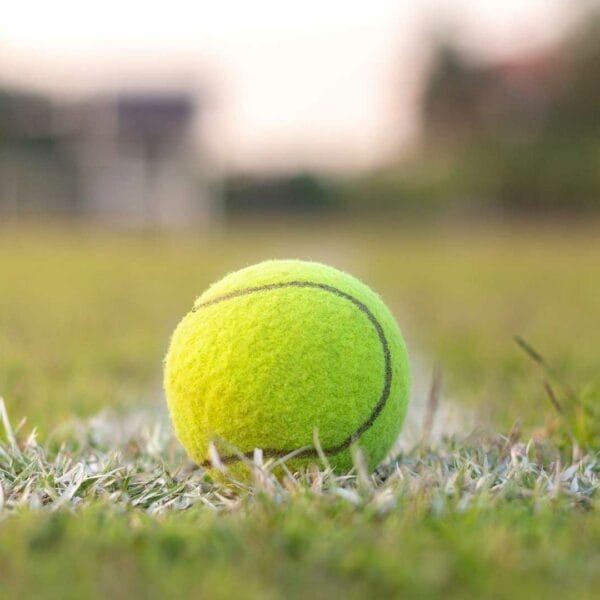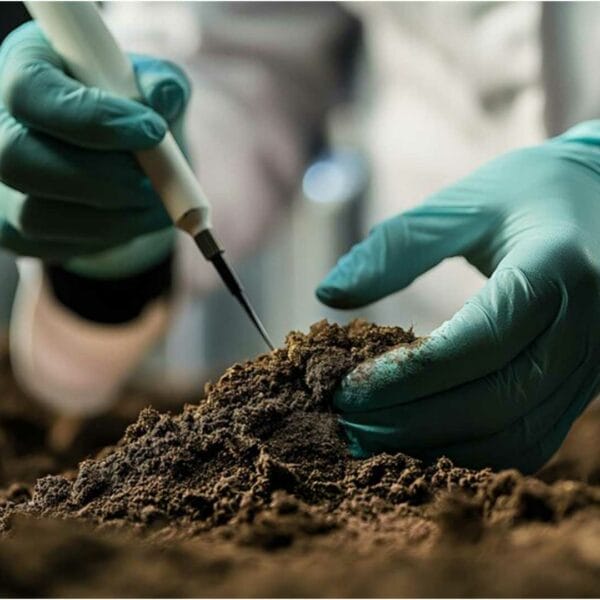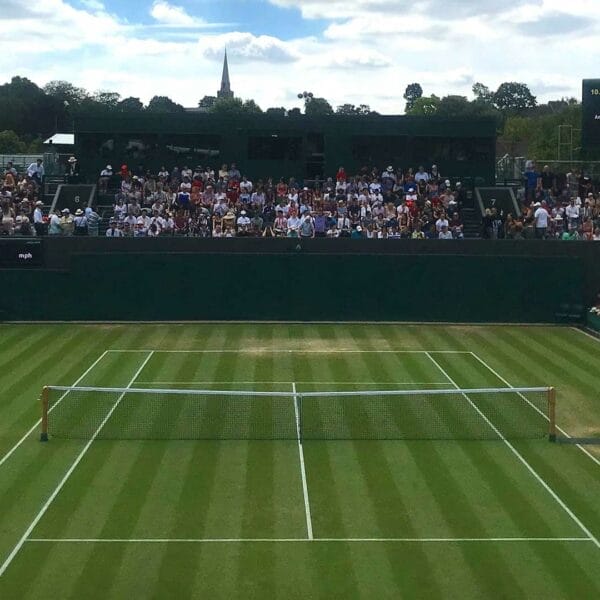Serving in tennis is an art and a science combined. It requires precision, power, and technique. One critical component often overlooked is the role of the dominant eye in tennis, which influences your grip, stance, swing, and ultimately the effectiveness of your serve. In this comprehensive guide, learn the essential steps to perfect your serve, focusing on the continental grip, foot positioning, backswing, and the all-important pronation motion. These tips are drawn from years of coaching experience and inspired by greats like Roger Federer, who exemplify mastery in serving (Photo below by Moises Alex on Unsplash).
Table of Contents
- Step 1: Establish the Correct Grip – The Continental Grip
- Step 2: Stabilise Your Feet and Position
- Step 3: Master the Backswing with Proper Racket Positioning
- Step 4: The Signature “Birthday Hat” Drill to Perfect Your Swing Path
- Step 5: Lead with the Edge and Hit the Ball with the Frame
- Step 6: Develop Side Spin by Sliding Along the Ball
- Step 7: Finish with Pronation and Follow Through
- Step 8: Swing to the Right and Explode Forward
- Conclusion: The Path to a Dominant Serve
- Frequently Asked Questions (FAQ)
Step 1: Establish the Correct Grip – The Continental Grip
The foundation of a powerful and consistent serve begins with your grip. Many players start with a forehand grip or something between eastern and semi-western grips, but these can cause inefficiencies in your serve mechanics. To hit a perfect serve, you need to adopt the continental grip.
Here’s how to find it:
- Look at your right hand (if you are right-handed). Draw an imaginary line between the knuckle of your index finger and the heel pad of your hand.
- Your tennis racket handle has eight bevels (or sides). When you hold the racket vertically, bevel number one is on top, bevel two is the diagonal bevel on the top right, bevel three is on the side, and so on.
- Place the line on your hand so it aligns perfectly with bevel number two on the racket. This alignment is the continental grip.
This grip is vital because it allows you to lead with the edge of the racket rather than the strings, which is crucial for putting spin on the ball. It also enables pronation—the final explosive motion of the forearm that accelerates the racket towards the ball, similar to how a quarterback throws a football or a baseball pitcher throws a pitch.
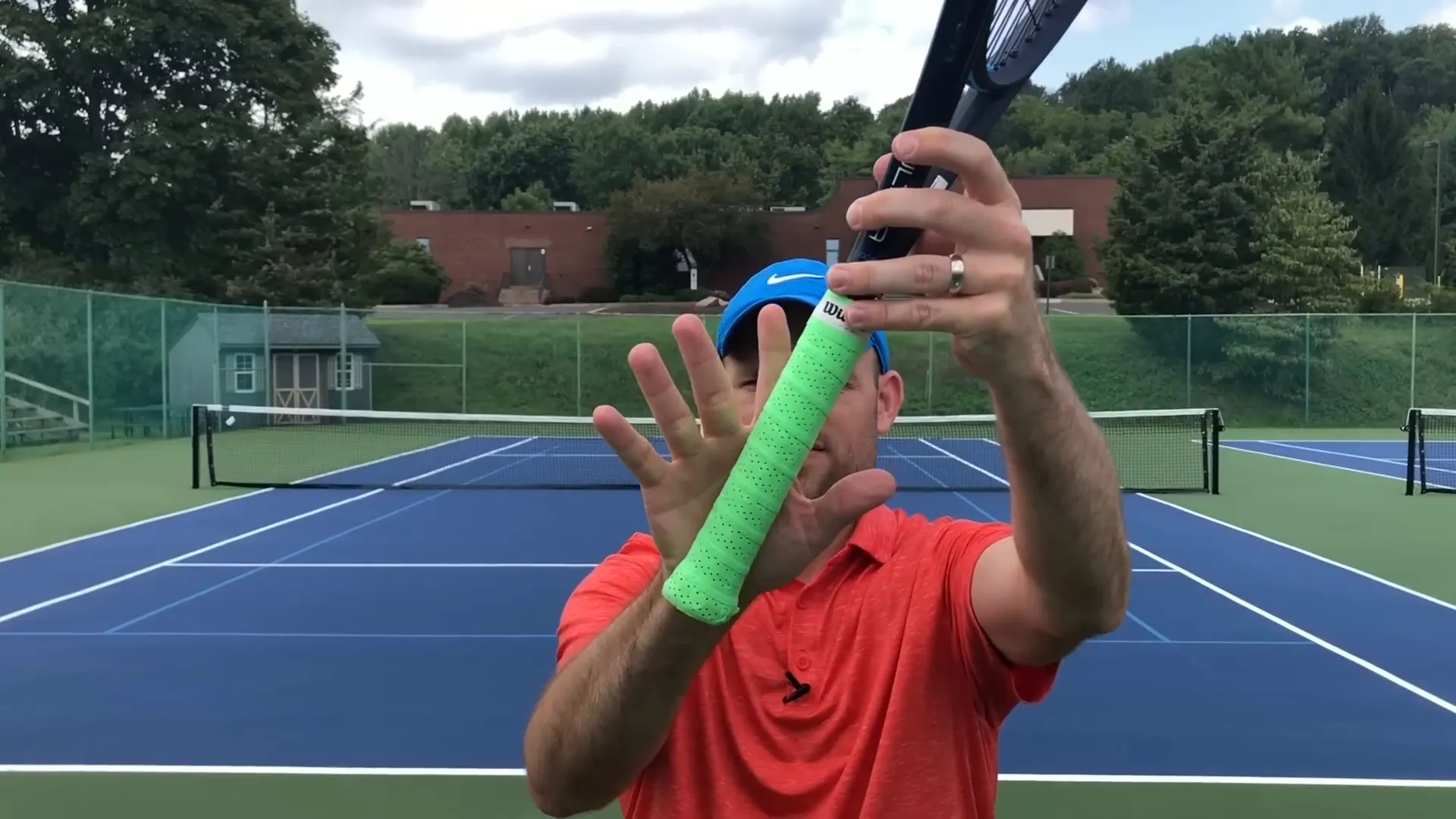
Practice holding your racket with the continental grip while watching tennis matches to get comfortable with it. Also, when you bounce the ball before serving, only bounce it with your hand, not the racket, and keep the racket slightly open rather than perfectly vertical. This subtle adjustment helps reinforce the correct grip feel.
Step 2: Stabilise Your Feet and Position
Footwork is critical in maintaining balance and power during your serve. Many players unconsciously move their feet during the service motion, which can lead to inconsistency and loss of power.
When you begin your serve, set your feet firmly where they are and avoid moving your feet during the swing. Focus on thinking about swinging towards the right side of your court (for right-handers), rather than directly towards the target box. This will become clearer as we discuss spin and follow-through.
Keeping your feet planted helps you maintain control and allows your body to transfer energy effectively through the kinetic chain, resulting in a powerful serve.
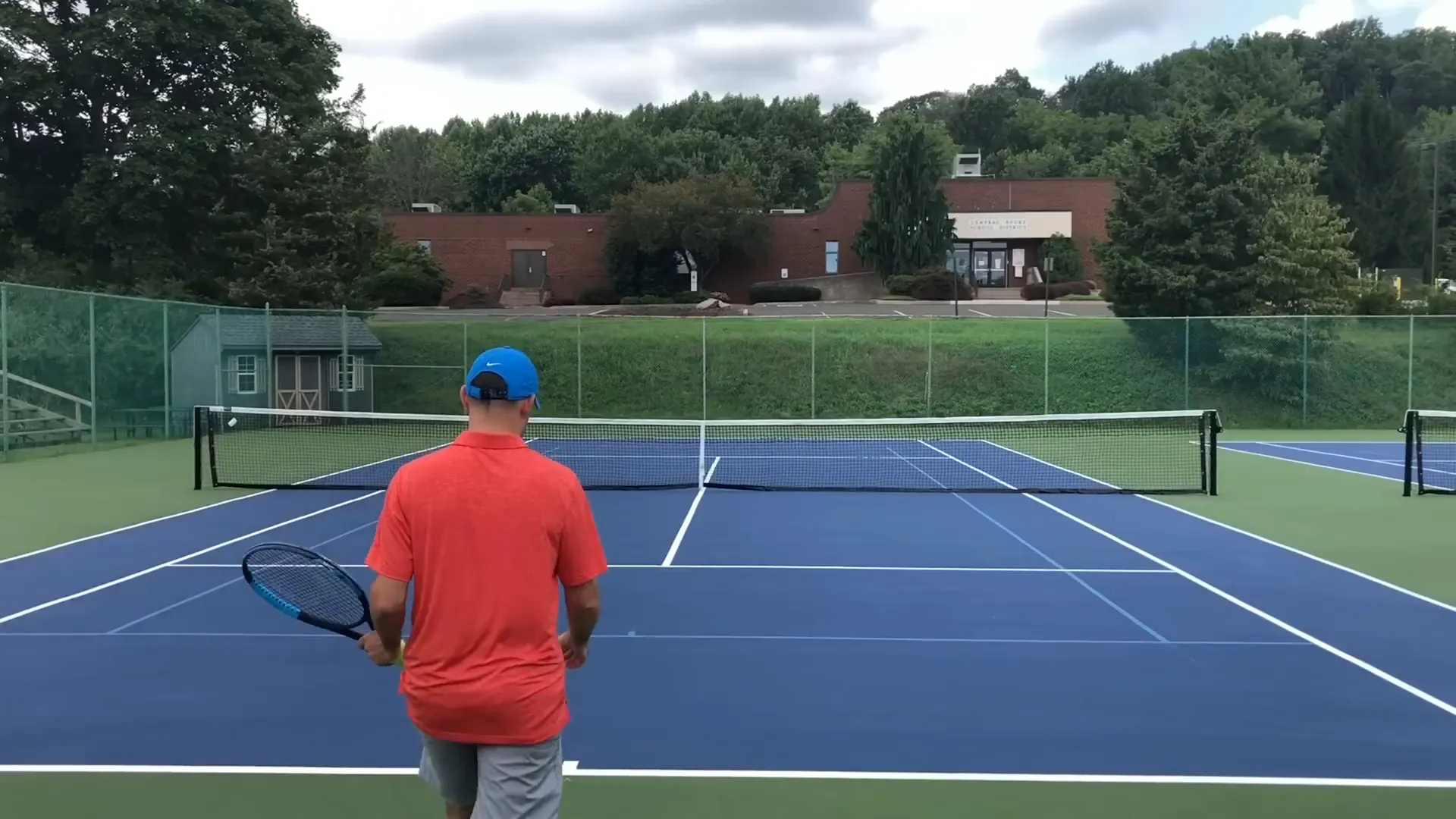
Step 3: Master the Backswing with Proper Racket Positioning
The backswing sets the stage for an efficient and powerful serve. After you’ve adopted the continental grip and stabilised your feet, it’s time to focus on the racket’s path and position before the ball toss.
When you bring your racket down and across your feet:
- The strings should be pointing down towards the ground.
- The tip of the racket should point in the direction your chest is facing, not towards the back fence.
- Your elbow should be positioned back, creating a natural “L” shape between your arm and racket.
This position is essential—it allows for a smooth transition into the pronation phase and sets you up to lead with the edge of the racket. Think of it as preparing your arm like a loaded spring, ready to unleash energy.
Practice this by tossing the ball and pausing in this position without catching the ball. This helps you focus on your form rather than the catch, which is not part of the serve motion.
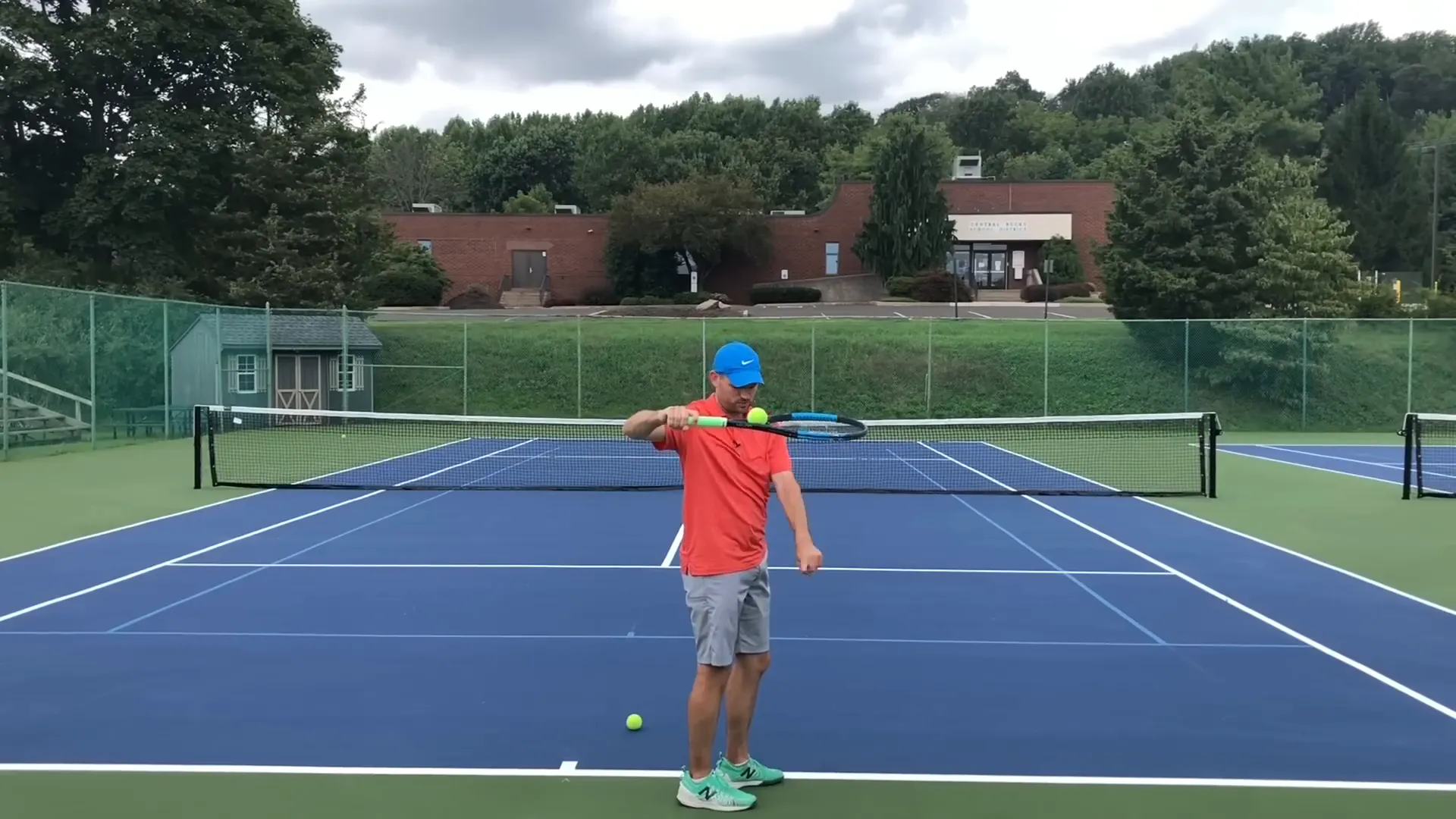
Step 4: The Signature “Birthday Hat” Drill to Perfect Your Swing Path
One of the most effective drills to teach students—both juniors and adults—is the “birthday hat” drill. This fun but efficient drill helps you develop the correct racket path over your head during the serve.
Here’s how it works:
- Wear a birthday hat or place a similar target on your head.
- Start your serve with the continental grip, feet set, and racket slightly open.
- Go down across your feet, toss the ball, then swing your racket from the front to behind your head in a smooth arc, aiming to “knock the birthday hat off.”
This motion mimics what professional players like Roger Federer do. As Federer swings, his racket strings point down, his elbow stays back, and the racket passes over his head, knocking an imaginary birthday hat off. This ensures your racket is on the correct path to generate both power and spin.
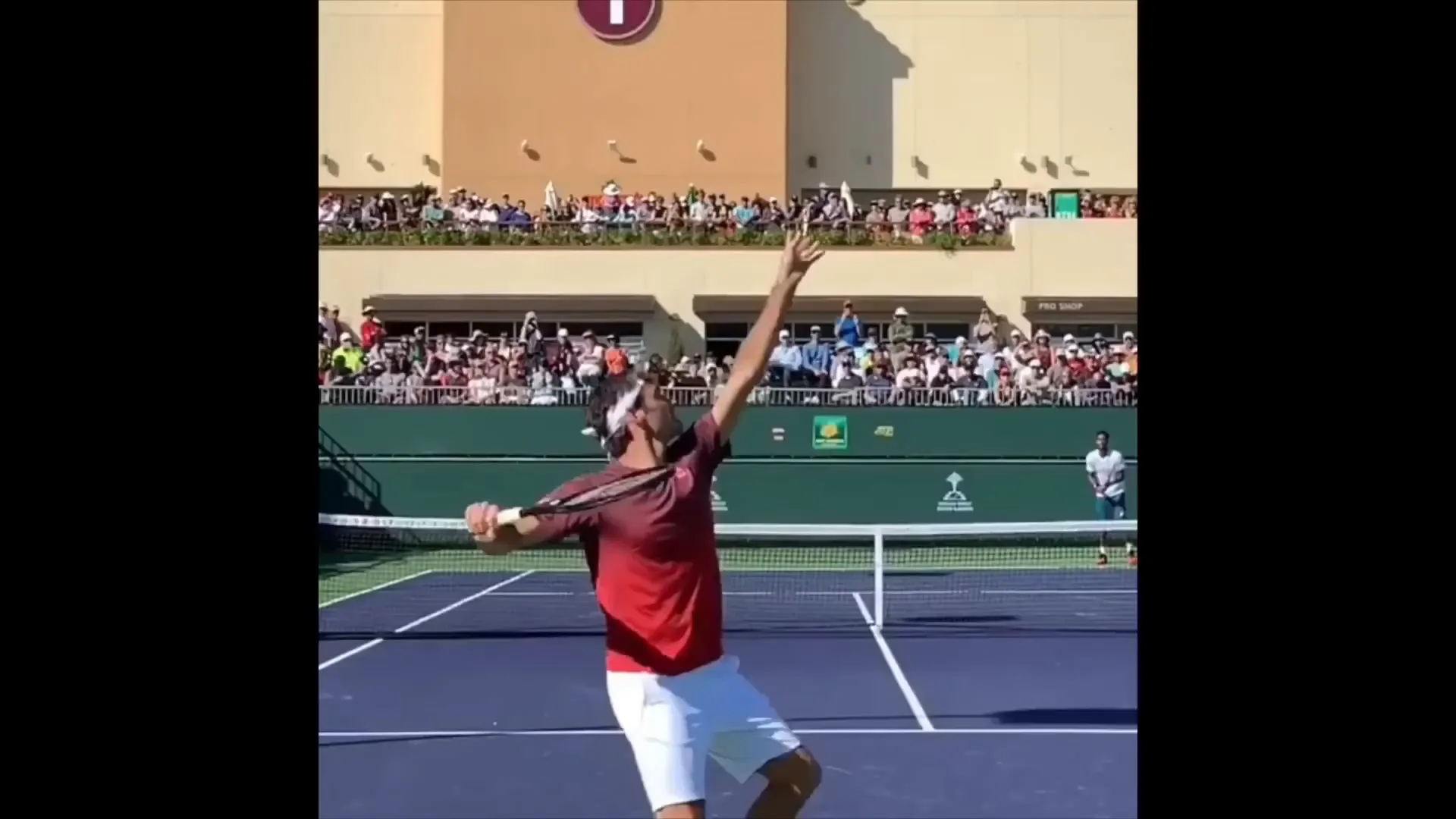
Practice this repeatedly. Don’t rush; it can take thousands of repetitions to engrain this movement. Your racket must stay on edge and not flip prematurely, or you will lose the ability to pronate effectively and generate spin.
Step 5: Lead with the Edge and Hit the Ball with the Frame
After mastering the backswing and swing path, focus on how you make contact with the ball. The continental grip and the “birthday hat” swing path naturally lead your racket’s edge to meet the ball first.
Practice hitting serves by intentionally aiming to strike the ball with the metal edge (the frame) of the racket. This might feel awkward and you might miss the ball occasionally, but it’s crucial for developing the feel of leading with the edge rather than the strings.
When you hit with the edge, you maximise the ability to put spin on the ball, particularly side spin or slice, which adds control and movement to your serve.
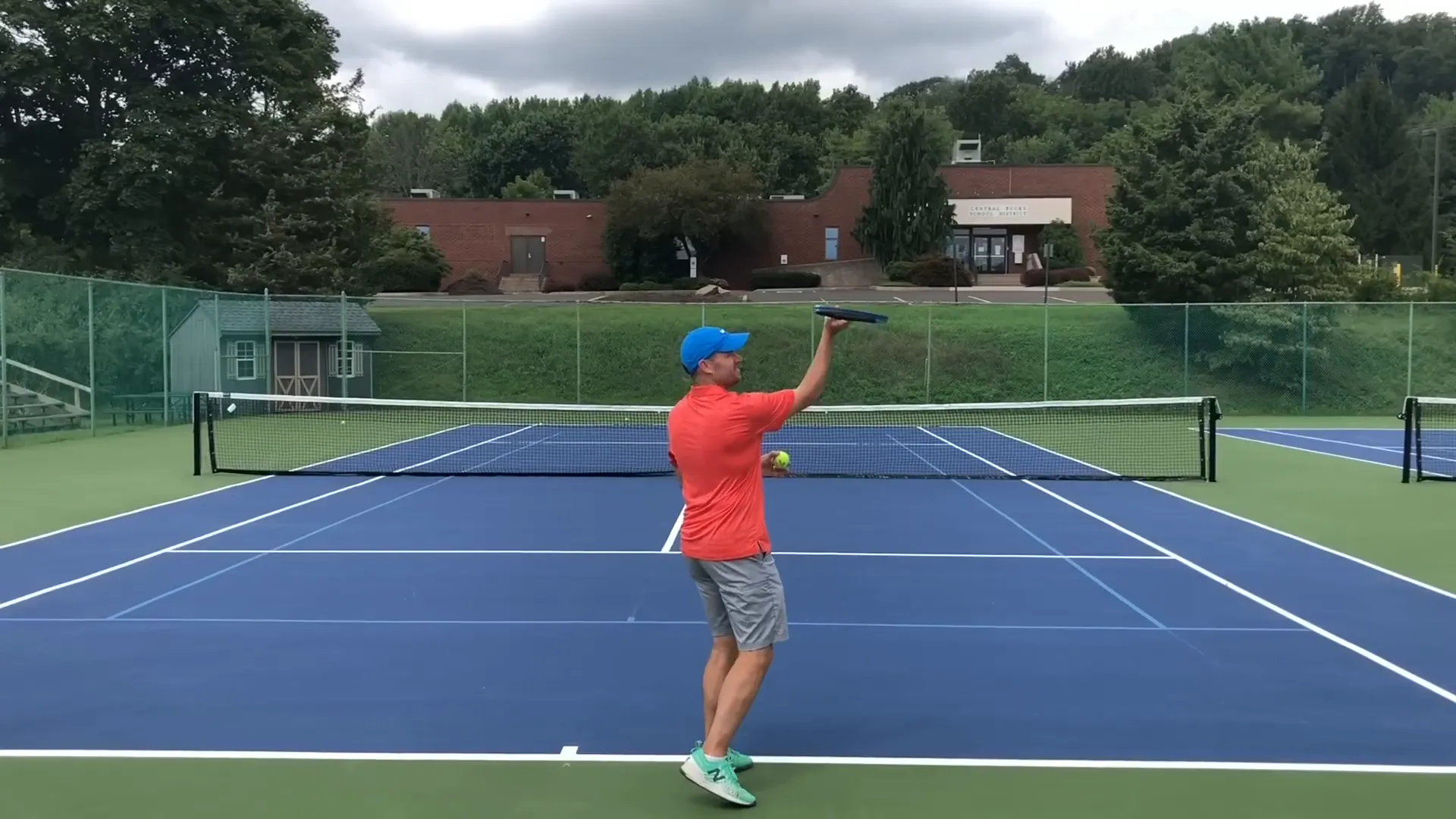
Step 6: Develop Side Spin by Sliding Along the Ball
Spin is what separates a good serve from a dominant serve. The key is to get the ball to rotate, much like a basketball spins on a player’s finger.
To develop side spin (also called slice on the serve), practice this drill:
- Hold your racket on its edge, as if balancing a coin.
- Toss the ball and slide your racket along the right side of the ball to make it spin.
- Don’t focus on getting the ball over the net yet; focus on the spinning motion.
This drill helps you get used to the feeling of brushing the ball with the racket’s edge, which creates the desired rotation and control.
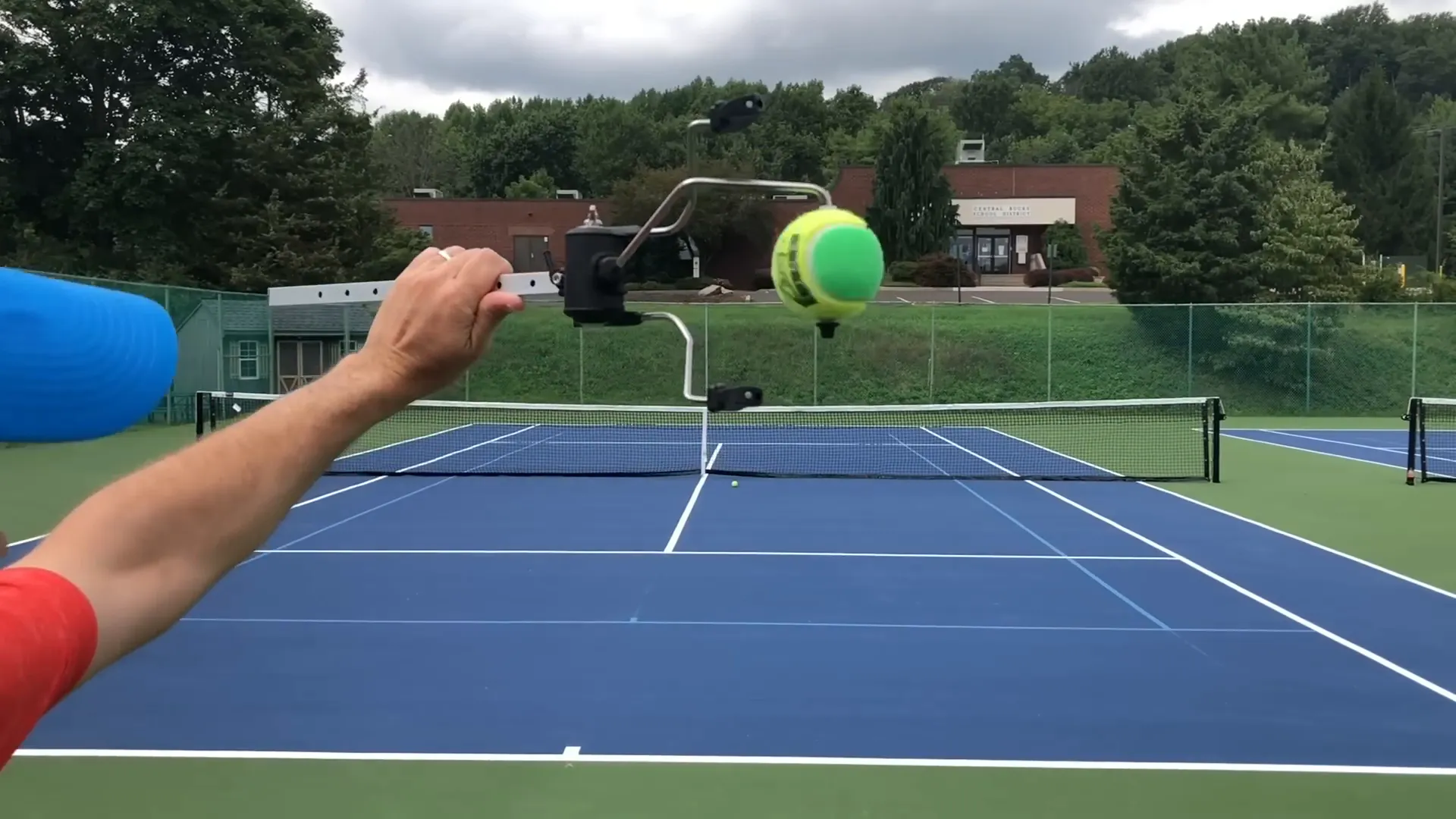
Step 7: Finish with Pronation and Follow Through
Pronation is the explosive forearm rotation that accelerates the racket at the point of contact. After leading with the edge and sliding along the ball, you want to “turn” your racket so that your palm faces outward (to the right for right-handers).
This motion is similar to how a quarterback releases a football. It adds speed and spin, giving your serve both power and control.
Practice this by tossing the ball, sliding along the ball, and then turning your racket with your palm facing out, repeating the motion until it becomes natural.
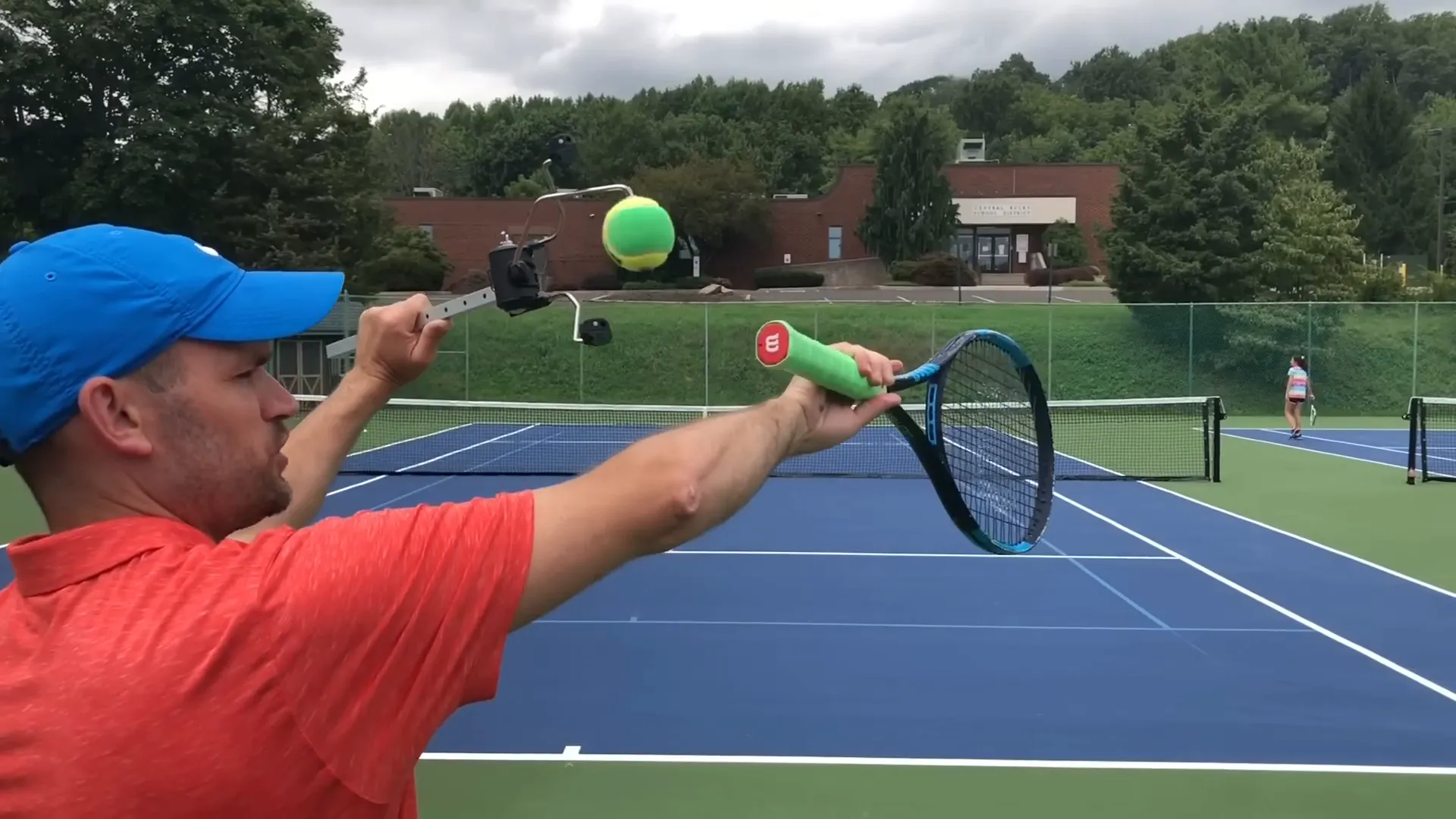
Step 8: Swing to the Right and Explode Forward
Finally, coordinate your body’s movement with your swing. Many players instinctively jump or swing towards the left (the target box), but when hitting a slice serve with side spin, you want to swing slightly to the right of the target.
Why? Because the spin will curve the ball back into the service box. Swinging to the right while keeping your strings pointing at the target ensures the ball lands accurately.
As you explode forward, your body should move into the court towards the right side, allowing you to transfer maximum energy into the serve while maintaining control.
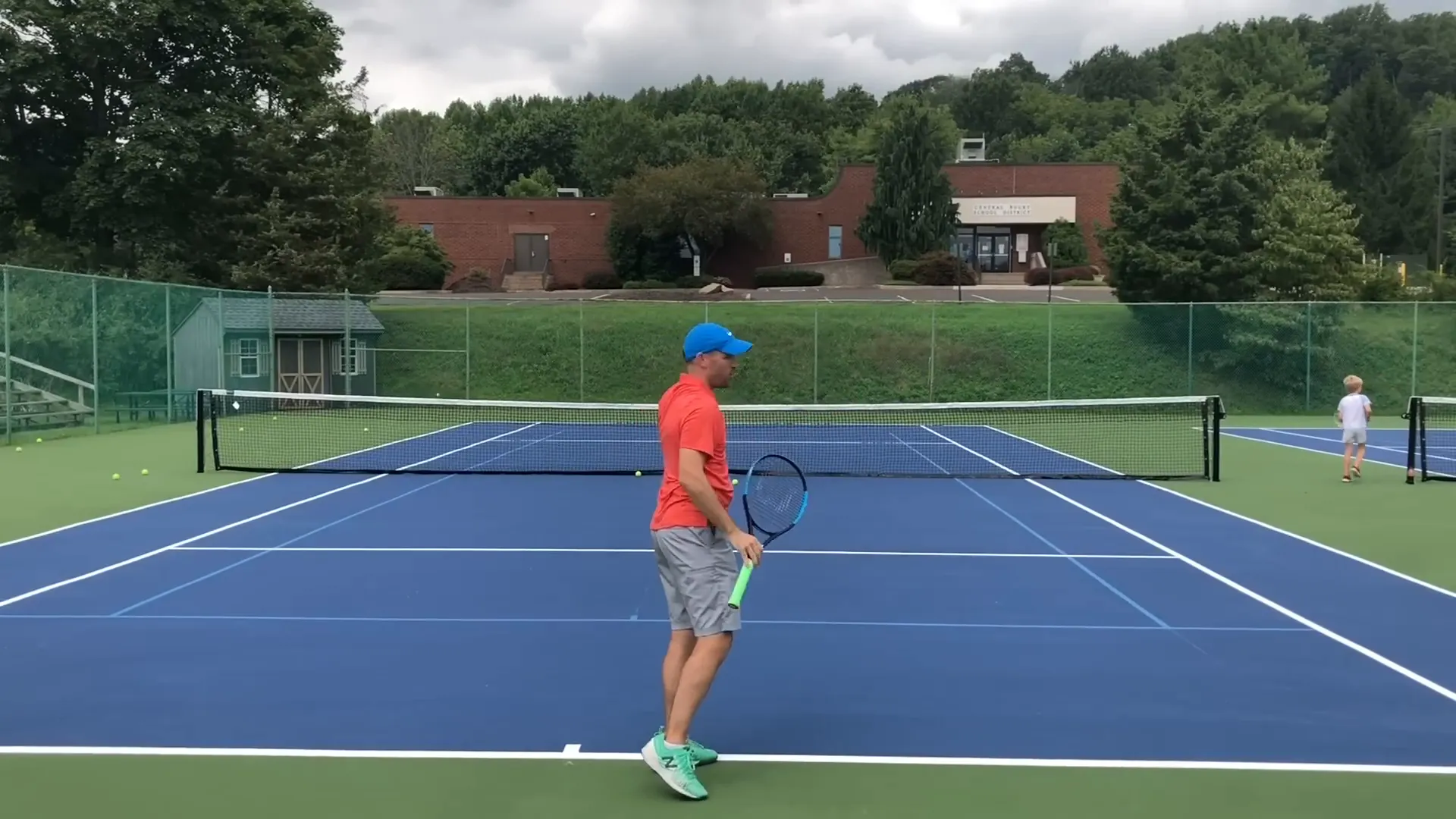
Conclusion: The Path to a Dominant Serve
Perfecting your serve is a process, much like baking a cake. You don’t just eat the raw ingredients and expect a delicious result. You need to add each ingredient carefully and patiently, mixing and baking until you get the final product. Likewise, mastering the serve requires dedication to each step:
- Adopting the continental grip
- Stabilising your feet
- Perfecting the backswing with strings down and the elbow back
- Practising the “birthday hat” drill to develop the correct swing path
- Leading with the edge and hitting the ball with the frame
- Developing side spin by sliding along the ball
- Executing pronation and finishing with a strong follow-through
- Coordinating your body to swing slightly right and explode forward
It’s essential to be patient and refrain from judging your results too quickly. Thousands of repetitions focusing on these drills will build muscle memory and eventually produce a powerful, consistent serve that leverages your dominant eye for optimal precision in tennis.
Remember, the ball goes where your strings point, not where your racket travels. Keeping this in mind will help you understand the importance of grip, spin, and body positioning.
Keep practising, and you will see your serve transform into a weapon on the court!
Frequently Asked Questions (FAQ)
What is the continental grip, and why is it essential for serving?
The continental grip places your hand on bevel number two of the racket handle, allowing you to lead with the edge of the racket. This grip facilitates pronation and spin generation, which are essential for a powerful and controlled serve.
How does the dominant eye affect my tennis serve?
Your dominant eye guides your hand-eye coordination and alignment during the serve. Proper foot positioning and racket grip help synchronise your dominant eye’s focus with your swing path, improving accuracy and consistency.
Why do I need to swing to the right of the target when serving?
When using side spin (slice serve), swinging slightly to the right of the target allows the spin to curve the ball back into the service box. This alignment maximises control and accuracy.
What is pronation, and how does it help my serve?
Pronation is the forearm rotation that accelerates the racket through contact, similar to throwing a football. It adds power and spin to your serve, making it faster and more challenging to return.
How can I practice hitting the ball with the edge of the racket?
Try the drill where you intentionally strike the ball with the metal frame of the racket. This helps develop the feel of leading with the edge, which is crucial for spin and power. It may feel awkward initially, but it builds control over time.
This article was created from the video Hit A Perfect Serve (Powerful Tennis Tips) Find ouit more at Venmo – @Ryan2MinuteTennis

